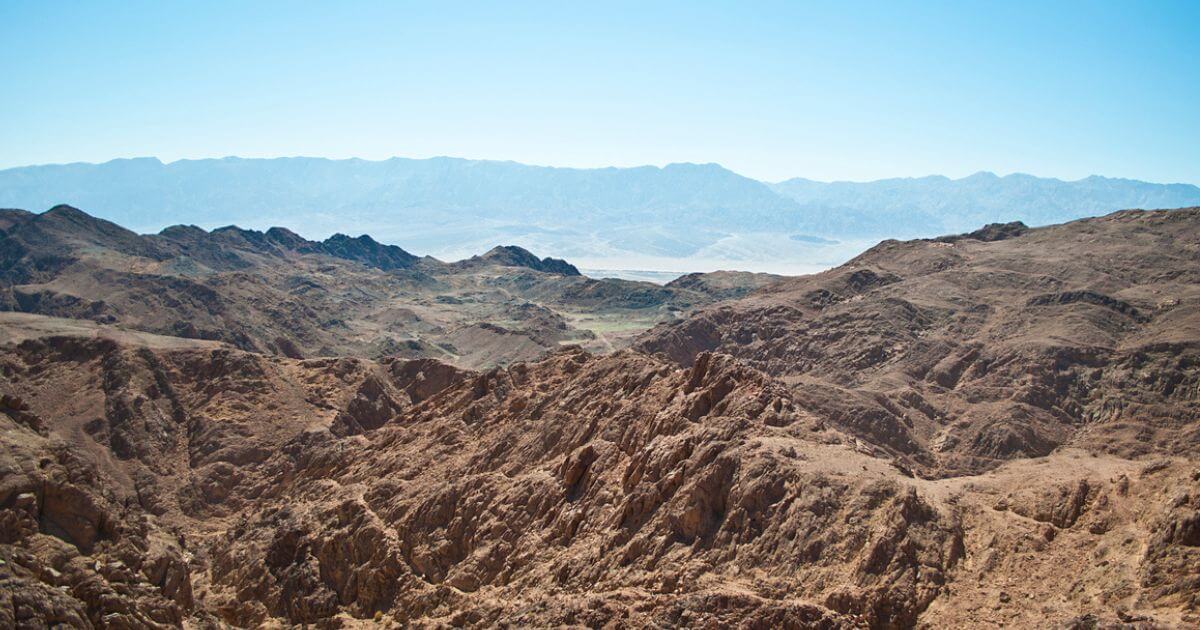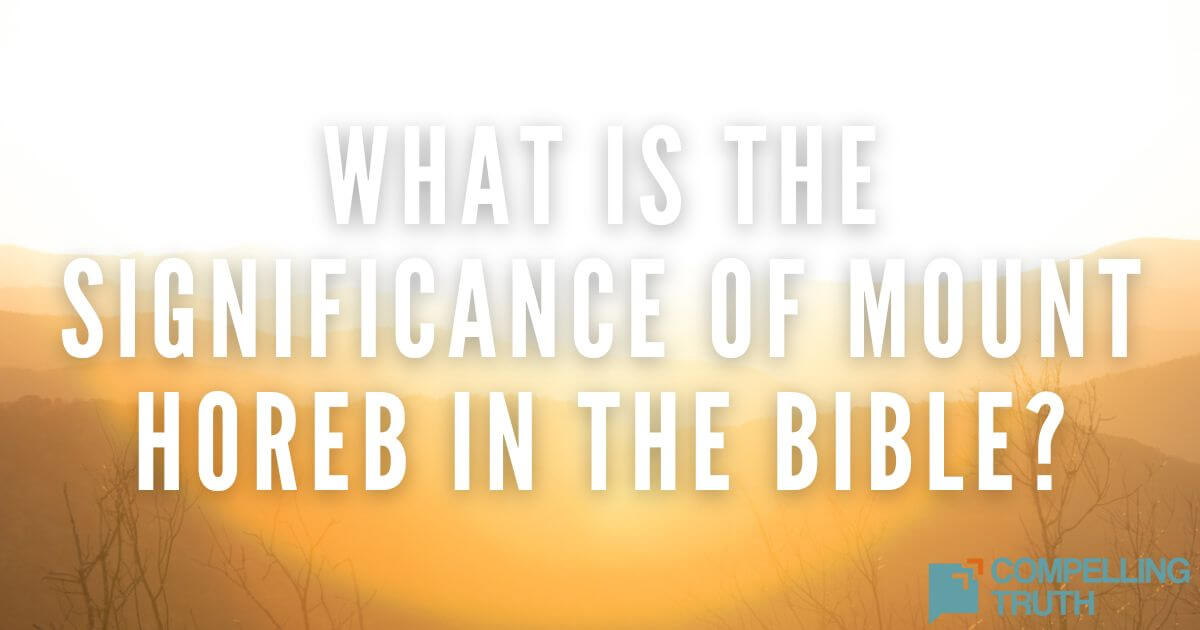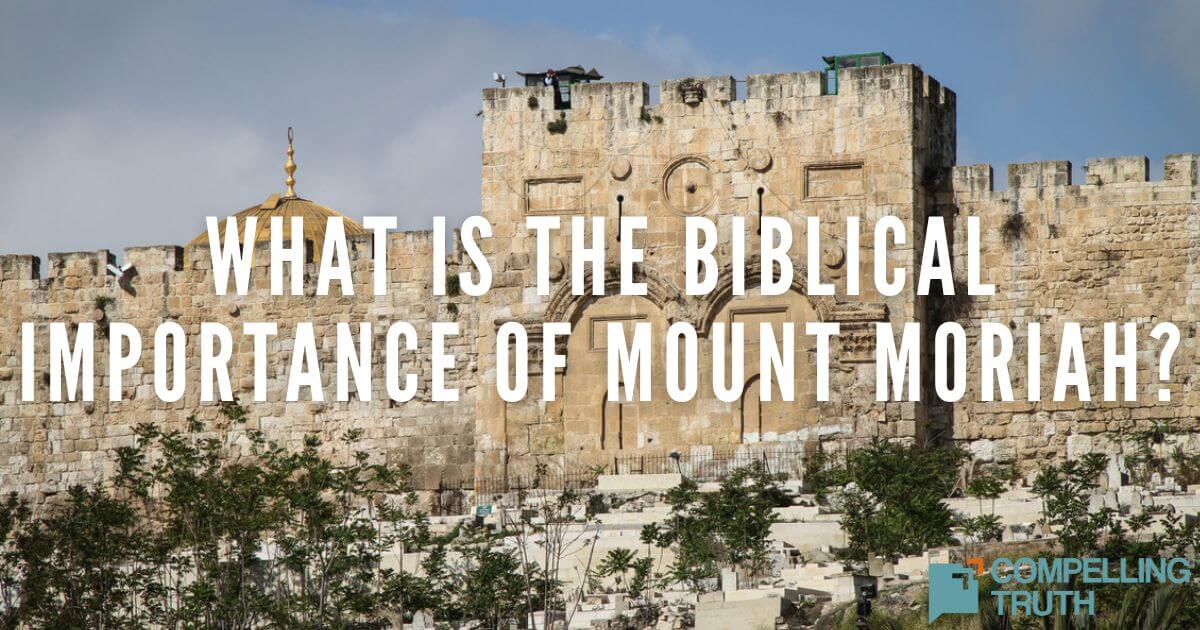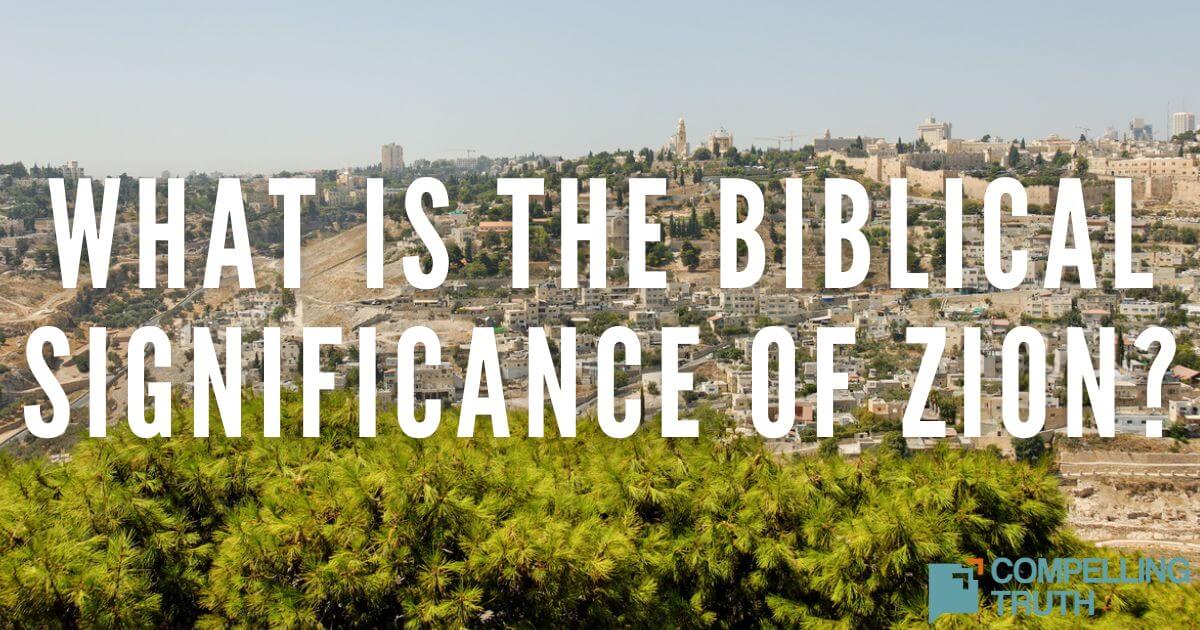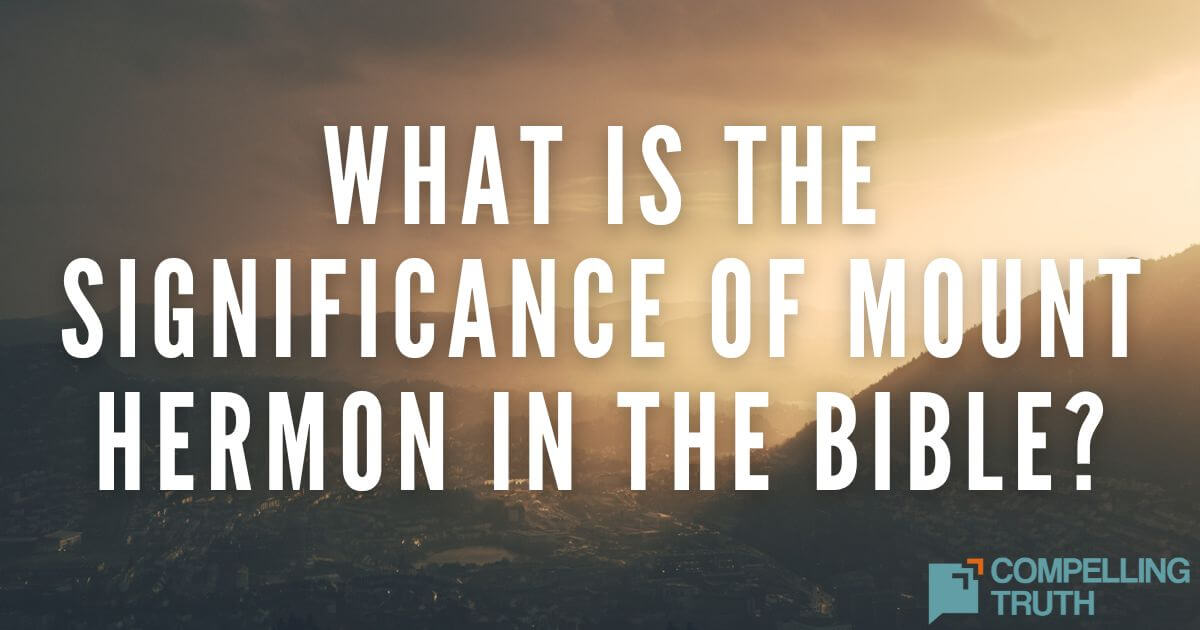Mount Gerizim is the location where God visually displayed the life and blessing that would come if the Israelites obeyed His Law. It is the mountain where He confronted the sin of the people of Shechem. And finally, it is the place where Jesus revealed Himself as the long-awaited Messiah to the Samaritan woman, a true worshiper. This sequence of events encapsulates the gospel: God had plans to bless His people, but sin got in the way, so He sent His son to restore all creation back to right relationship with Him (2 Corinthians 5:19). Therein lies the significance of Mount Gerizim in the Bible.
Mount Gerizim stands as a powerful symbol of God's call to an abundant life for those who follow Him, encapsulating the gospel message. Initially, it represented the blessings promised to the Israelites for their obedience, demonstrating God's desire to bestow life and prosperity upon His people. This mountain also witnessed the confrontation of sin in Shechem. This event emphasizes the need for repentance and the disruption that sin causes in our relationship with God. Most profoundly, Mount Gerizim is where Jesus revealed Himself as the Messiah to the Samaritan woman, highlighting God's gracious plan of salvation and restoration through Christ. This sequence of promise, confrontation, and revelation vividly portrays God's plan to bless, redeem, and restore humanity, inviting us to embrace the abundant life offered through faith in Jesus (2 Corinthians 5:19).
